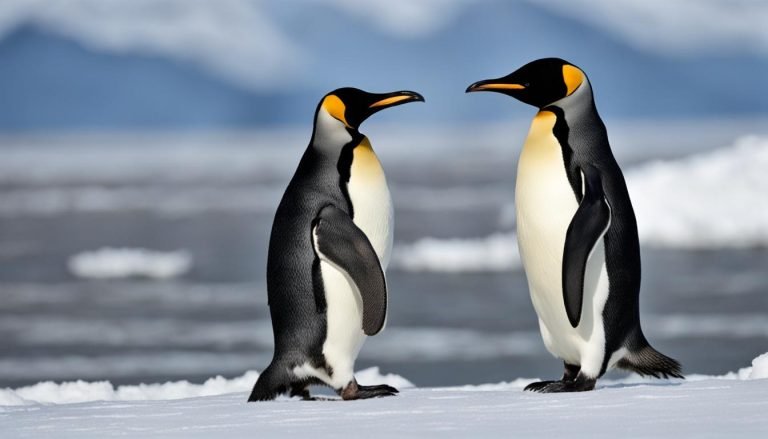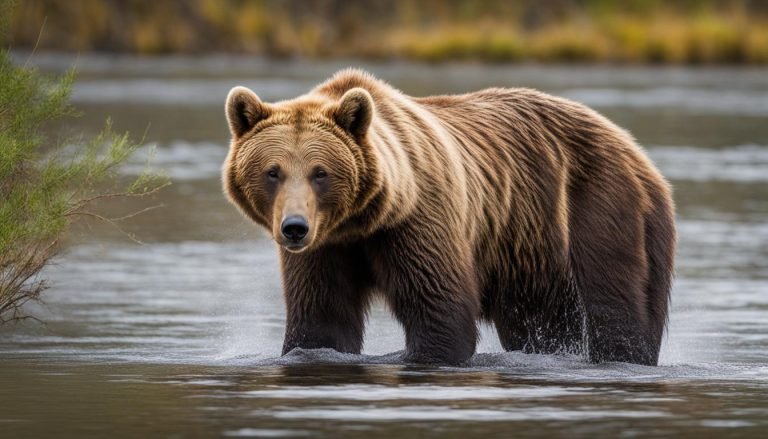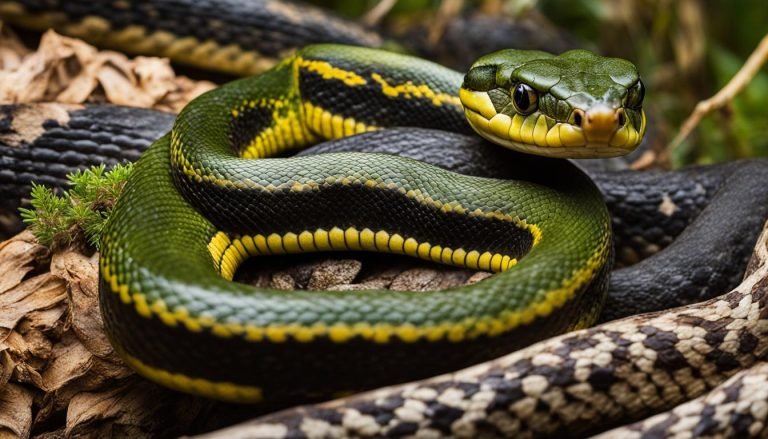Cat
Evolution
The evolutionary history of cats can be traced back to prehistoric times. The ancestors of modern cats were small, carnivorous mammals that roamed the Earth millions of years ago. Fossil evidence suggests that the first felid-like carnivores appeared around 25 million years ago. These early cat ancestors gradually diversified and evolved into different species, including the saber-toothed cats, which lived during the Pleistocene epoch.
Over time, the lineage of domestic cats emerged, with the domestication process beginning around 9,000 years ago. The domestication of cats is believed to have occurred in ancient civilizations, such as Egypt, where they were revered and worshipped as symbols of fertility and protection. Cats were valued for their ability to control vermin populations, making them valuable companions to humans.
Through selective breeding and domestication, cats gradually developed traits that suited their roles as companions and hunters. Today, domestic cats come in various breeds and exhibit a wide range of physical and behavioral characteristics.
Size
Domestic cats come in various sizes, generally ranging from small to medium. On average, they weigh between 8 to 10 pounds (3.6 to 4.5 kilograms).
However, the size of cats can vary significantly based on factors such as breed, genetics, and individual variation. Some larger cat breeds, like the Maine Coon, can weigh up to 20 pounds (9 kilograms) or more, while smaller cat breeds, such as the Singapura, tend to be more petite, weighing around 5 pounds (2.3 kilograms).
Wildcat species also exhibit a wide range of sizes. Larger species like the lion and tiger can reach weights of several hundred pounds, showcasing their impressive size and strength.
To visualize the diverse sizes of cats, take a look at the image below:
As you can see, cats come in various sizes, each with its own unique characteristics and traits.
Habitat
Cats are highly adaptable creatures that can thrive in various habitats around the world. Domestic cats primarily inhabit human settlements and homes, but they retain their innate hunting instincts.
Wildcat species are found in a range of habitats such as forests, grasslands, deserts, and even mountainous regions. Some cats, like the snow leopard, are adapted to cold and snowy environments, while others, like the leopard, are skilled climbers and prefer living in trees.
The ability to adapt to different habitats has contributed to the success and widespread distribution of cats as a species.
Behavior
Cats, both domestic and wild, are known for their unique behavior traits. While domestic cats may exhibit more social behaviors towards their human companions, they still retain their innate solitary tendencies. This behavior is rooted in their evolutionary history as independent hunters.
Wildcat species, such as the African lion, may form social groups or prides, but the core nature of cats remains solitary. Their solitary behavior allows them to effectively hunt and survive in their respective habitats, marking and defending their territories.
One notable aspect of cat behavior is their nocturnal activity. Cats are considered nocturnal animals, exhibiting active behavior patterns during the night. This behavior is an adaptation that enables them to hunt effectively in low light conditions.
Cats have excellent night vision, allowing them to navigate and hunt in the dark. Their eyes are equipped with a specialized structure called the tapetum lucidum, which enhances their visual sensitivity to capture even the slightest movements in the dark.
Both domestic cats and wildcat species engage in nocturnal hunting behaviors. Domestic cats may display behaviors such as prowling, playing, and hunting during the night. Wildcat species rely on their acute senses to locate and capture prey under the cover of darkness.
Hunting
Cats employ various hunting techniques to capture their prey effectively. They are skilled stalkers, using their keen senses and agility to sneak up on their prey. Domestic cats often engage in play behavior that mimics hunting, pouncing on toys or chasing moving objects. Wildcat species have evolved to utilize different hunting strategies depending on their habitats and target prey. Some cats, like the cheetah, rely on speed and agility to chase down fast-moving prey, while others, like the lion, employ cooperative hunting techniques within their social groups.
Cats are obligate carnivores, meaning they depend on a diet primarily composed of meat. They have evolved to be efficient hunters and possess sharp claws and teeth designed for capturing and consuming prey. Domestic cats are often fed commercial cat food that provides a balanced diet, but they still retain their hunting instincts. Wildcat species hunt a wide range of prey, including small mammals, birds, reptiles, and fish. Their diet depends on factors such as availability and habitat, with different species specializing in hunting specific prey types.
Mortality
The average lifespan of a domestic cat is around 12 to 15 years, although some individuals can live significantly longer with proper care. Factors such as genetics, environment, and healthcare can influence a cat’s lifespan. In contrast, wildcat species have varying lifespans depending on factors such as predation, competition, and habitat conditions. Some large wild cat species, like the lion, generally have shorter lifespans due to the challenges they face in their environments. Mortality rates can also be influenced by factors like disease, accidents, and human interference.
Location
Cats have a global distribution, spanning diverse regions across the planet. Domestic cats, known as Felis catus, can be found in nearly all countries, as they have been introduced by humans and have successfully adapted to various environments. With their ability to thrive in different landscapes, domestic cats have established a widespread presence worldwide.
Wildcat species, on the other hand, have specific geographic ranges. These wild felines can be found in regions such as Africa, Asia, Europe, and the Americas. Each species of wildcat has its own unique distribution, influenced by factors such as climate, habitat availability, and human impacts.
To effectively manage both wild and domestic cat populations, it is essential to understand their distribution patterns. This knowledge helps conservationists develop strategies for protecting endangered wildcats and preserving their habitats. It also aids in managing interactions between wild and domestic populations, ensuring the ecological balance is maintained while mitigating potential conflicts between humans and cats.







